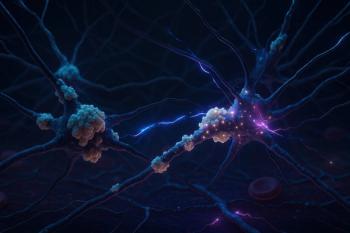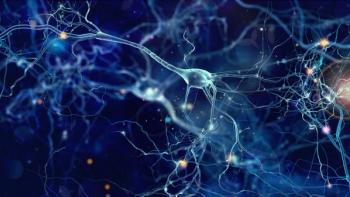
Well-Rounded Examination for Treatment of Tardive Dyskinesia
Innovative approaches enhance understanding of tardive dyskinesia's impact on patients' lives, shifting focus from detection to functional well-being.
CONFERENCE REPORTER
Newer techniques are being developed to assist providers in determining exactly how tardive dyskinesia (TD) interferes with the patient’s daily life—”not just physically, but psychologically and socially,” Jonathan Meyer, MD said of treating patients with TD, at the Southern California Psychiatry Conference.1
There have been only 2 FDA approved treatments for tardive dyskinesia since 2017. Focus for clinicians was previously on detecting tardive dyskinesia, how to administer the Abnormal Involuntary Movement Scale (AIMS), and rating patient symptom severity. Now that these medications have been approved for several years, the focus now shifts from the specifics of movement disorder to the functional impact that TD has on patients. This issue has a profound impact on “the person’s well being…[and] on psychosocial functioning” Meyer said.
Having the correct diagnosis is essential for identifying how to assist a patient with a movement disorder like TD. Meyer pointed out that there are “some movements which can happen to people on psychotropics which may lead the clinician to think [their patients] have tardive dyskinesia.” Symptoms like jaw tremors from forms of Parkinsonism can lead providers to assume a diagnosis of TD because the movement disorder is in the jaw and facial area.2 However, Meyer noted, if the diagnosis is TD but the real cause is Parkinsonism, medications which improve Parkinsonism symptoms will make TD worse (and vice versa), pointing to the high importance of thorough and correct diagnosis. When the clinician is confident they have the correct diagnosis, the next essential step is to ensure the patient is taking their medication and that the dose has been maximized, Meyer said. There is always the option to switch from one treatment to the other if the patient does not respond to the maximized dose of one of the available TD treatments.
Dr Meyer is a voluntary clinical professor of psychiatry at the University of California, San Diego.
References
1. Meyer J. Dopamine dysfunction underlying schizophrenia, limitations of D2 blockade. Conference Proceedings of the Southern California Psychiatry Conference. July 2025;11-12. Huntington Beach, CA.
2. Ward KM, Citrome L.
Newsletter
Receive trusted psychiatric news, expert analysis, and clinical insights — subscribe today to support your practice and your patients.

















